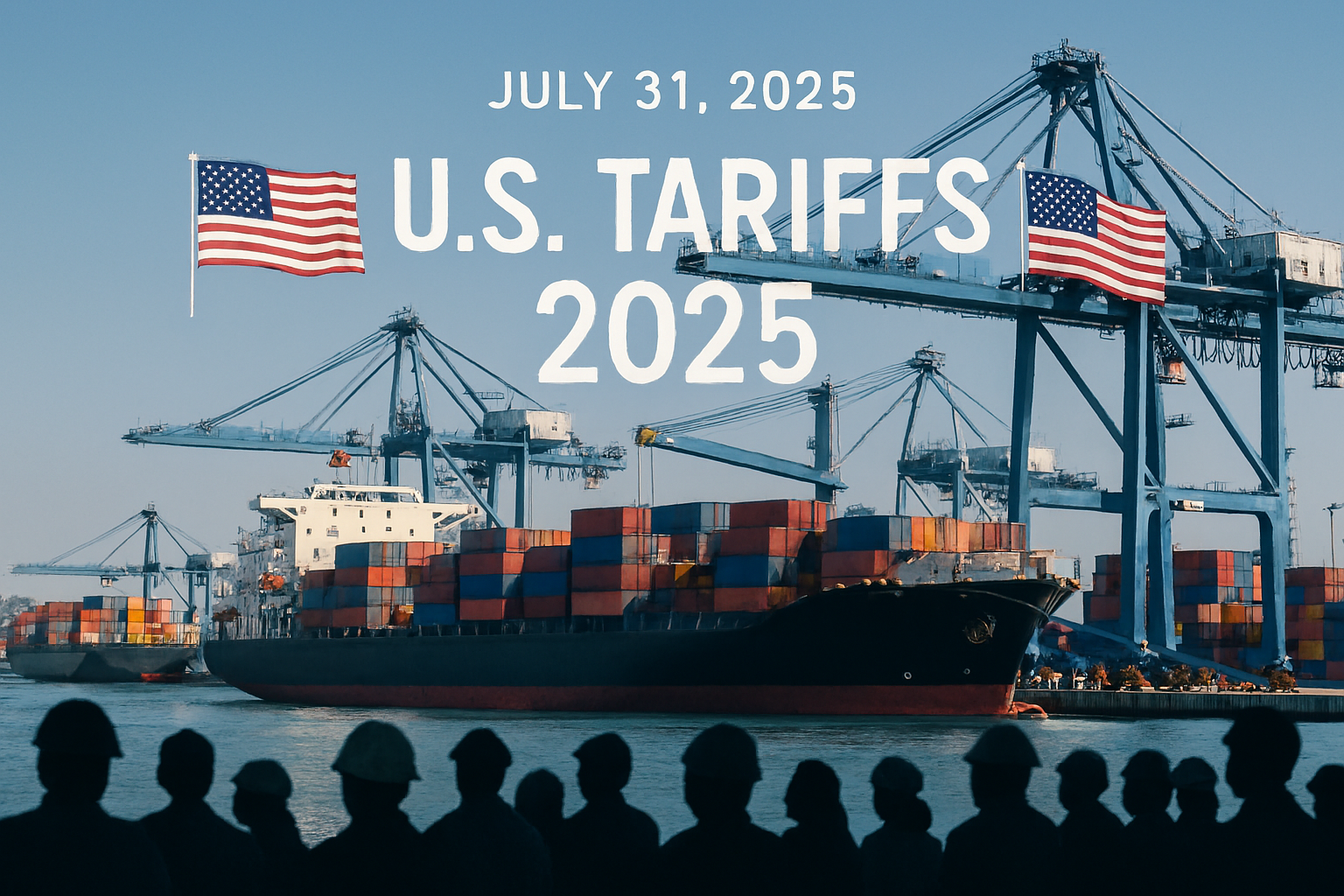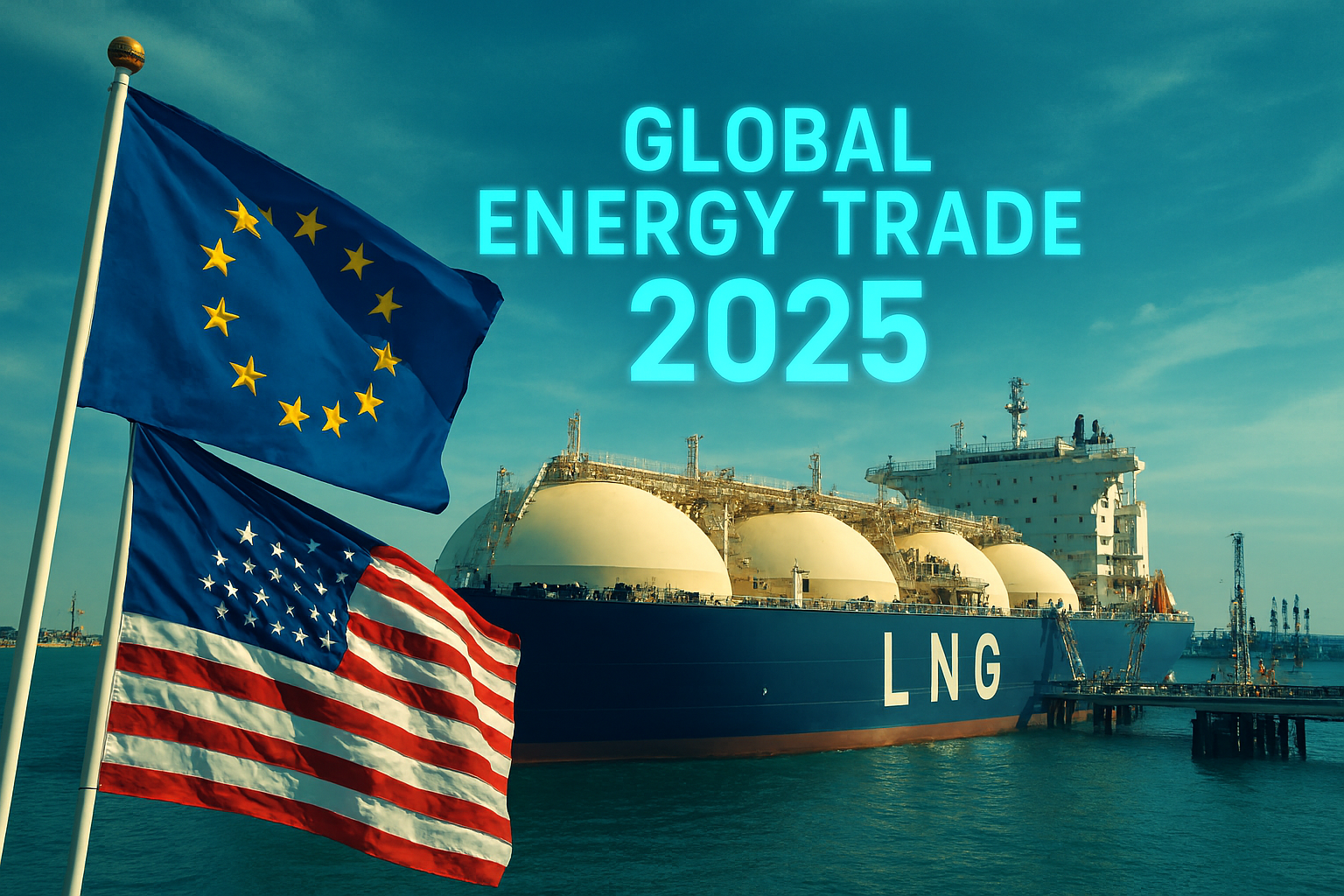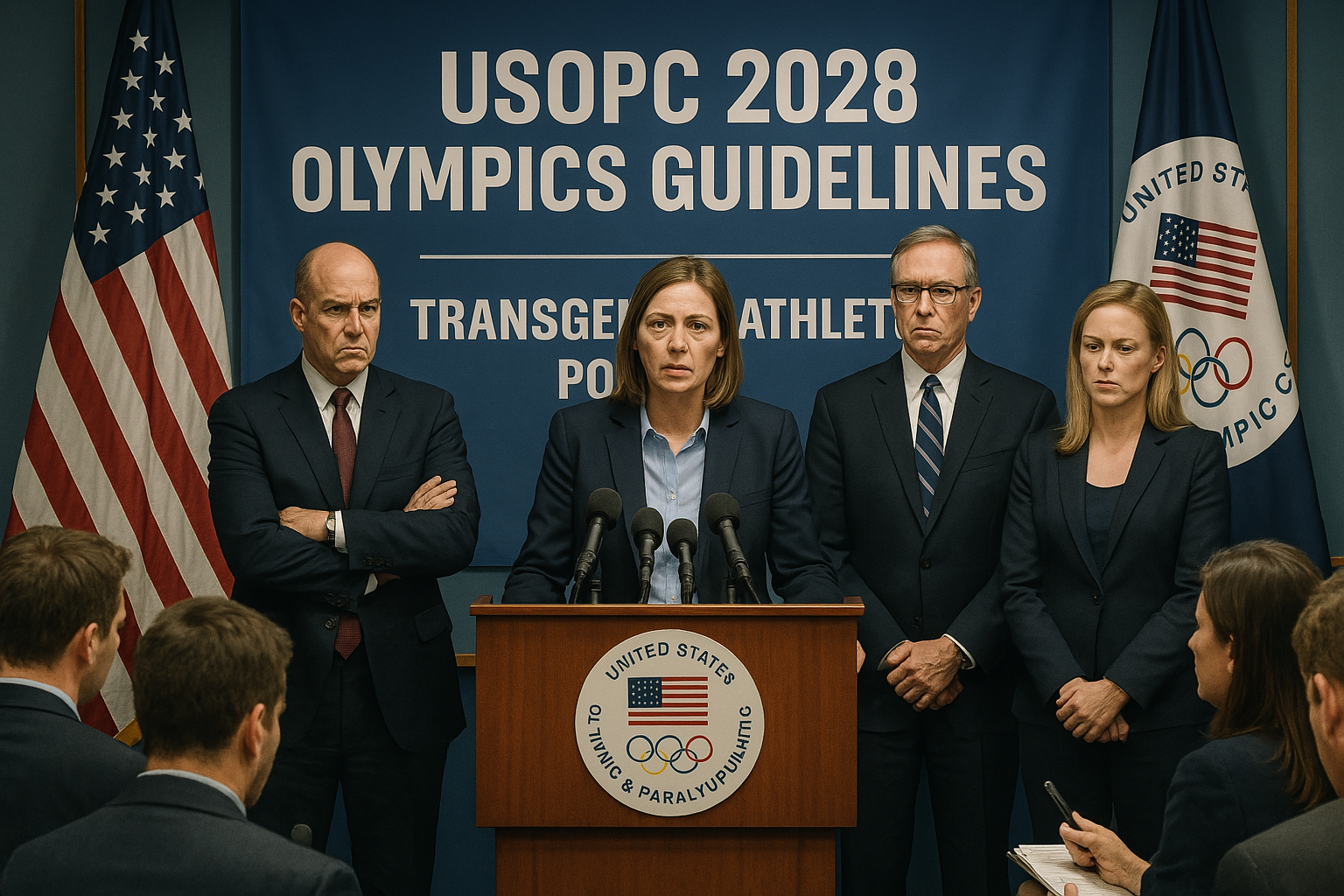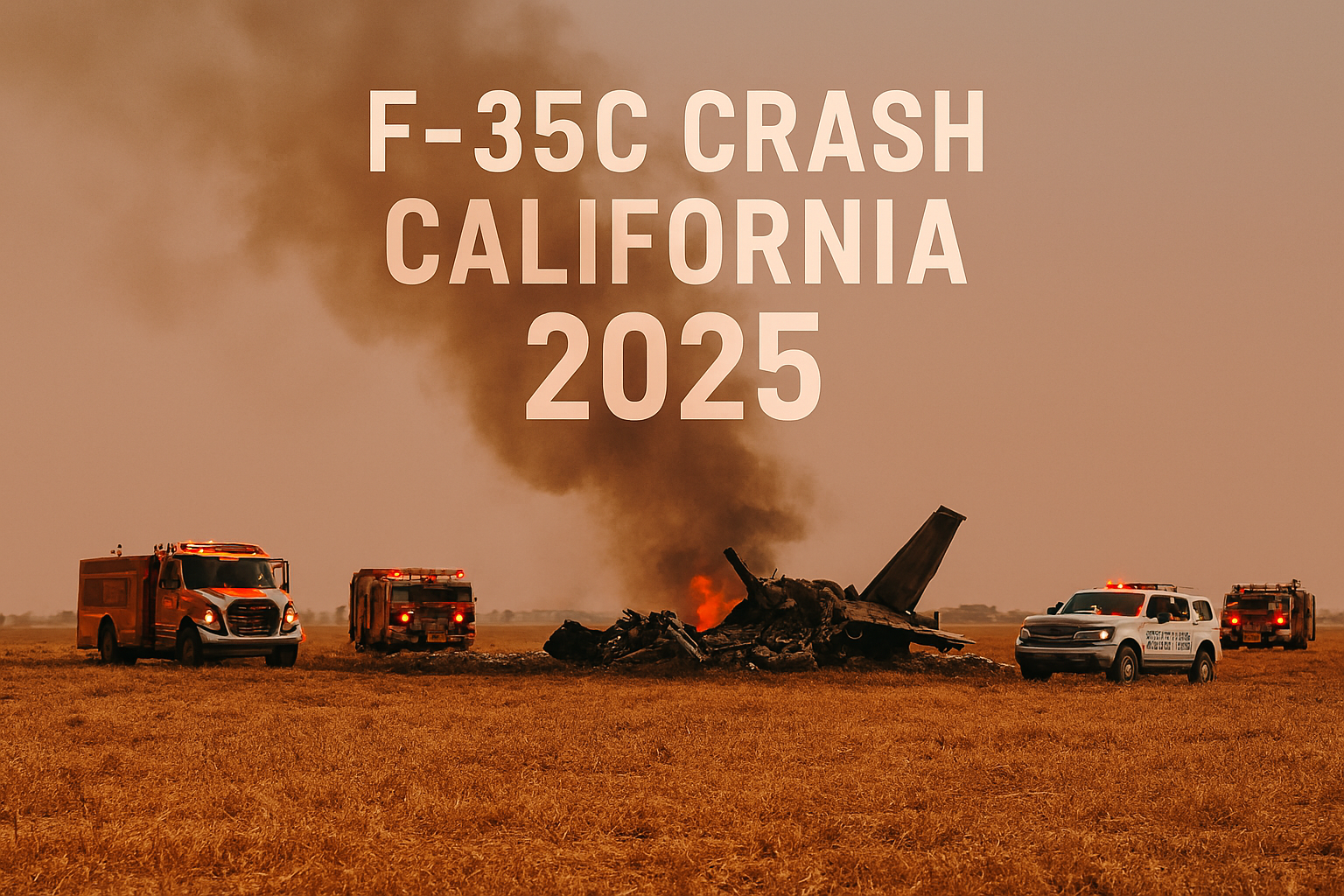Tsunami Waves Hit Hawaii and West Coast After 8.8-Magnitude Russia Earthquake 2025
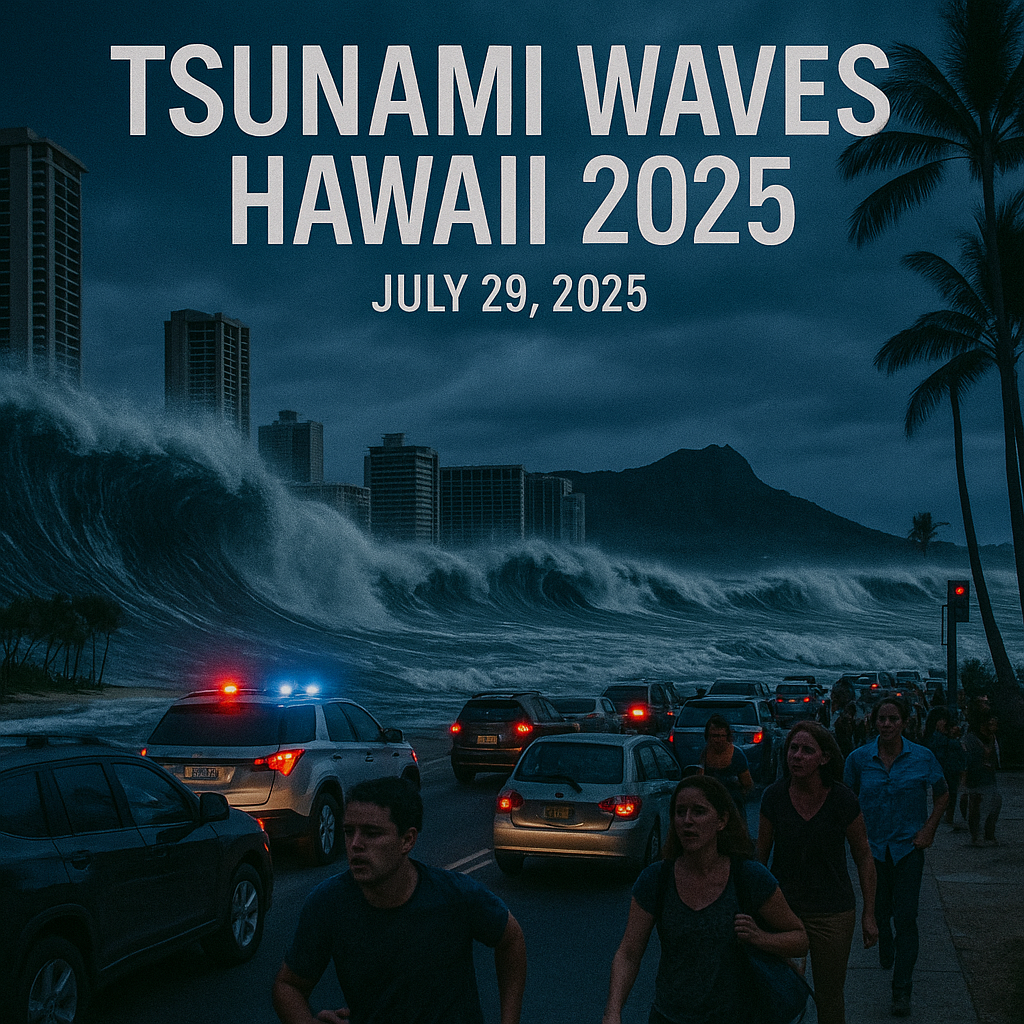
A colossal 8.8-magnitude earthquake off Russia’s remote Kamchatka Peninsula unleashed tsunami waves that rippled across the Pacific, flooding towns in Russia, disrupting coastal communities in Hawaii, and triggering evacuations as far as Japan and California. Described as one of the strongest quakes ever recorded, the tsunami waves Hawaii Russia earthquake 2025, detailed by The Washington Post, prompted urgent action from Honolulu to Hokkaido. With waves reaching up to 5.7 feet in Hawaii and 13 feet in Russia, this event tested emergency systems and raised questions about preparedness in seismic hotspots. What does this mean for Pacific communities, and how are they responding?
The Earthquake and Tsunami Trigger
On July 30, 2025, at approximately 8:25 a.m. local time (4:25 p.m. ET, July 29), an 8.8-magnitude earthquake struck 74 miles southeast of Petropavlovsk-Kamchatsky, Russia, at a shallow depth of 12 miles, per the U.S. Geological Survey (USGS). This quake, tied for the sixth-strongest ever recorded, occurred in the tectonically active Kuril-Kamchatka arc, a subduction zone known for generating massive tsunamis, per Al Jazeera. The shallow depth amplified its impact, displacing vast volumes of water and triggering tsunami waves that reached:
- Russia: Up to 13 feet (4 meters) in Severo-Kurilsk, flooding ports and sweeping boats inland, per Reuters.
- Hawaii: Up to 5.7 feet above normal sea level in Kahului, Maui, and 4.9 feet in Hilo, Big Island, per The Washington Post.
- Japan: Up to 4.3 feet (1.3 meters) in Iwate Prefecture, per The Washington Post.
- California: Up to 3.6 feet in Crescent City, per The Guardian.
The Pacific Tsunami Warning Center (PTWC) issued warnings for Hawaii, Japan, and parts of the U.S. West Coast, with advisories extending to Guam, French Polynesia, and Latin America, per CNN.
Regional Impacts and Responses
Hawaii: Evacuations and Relief
Hawaii faced significant disruption as tsunami warnings blared across all islands starting at 3:23 p.m. HST on July 29, 2025, per Hawaii News Now. The first waves hit Kauai around 7:30 p.m., with sea levels rising 2.8 feet above normal, followed by Maui and Oahu, per The Washington Post. Key impacts included:
- Evacuations: Thousands fled coastal areas, causing traffic jams in Honolulu’s Waikiki and Maui’s Lahaina, where residents like Joey Macadangdang sought hilltop refuge, per The Washington Post. Hilo International Airport closed to facilitate evacuations in Keaukaha, per CNN.
- Damage: Minor flooding was reported on the Big Island, but no widespread damage occurred, per The Guardian. Governor Josh Green noted, “We have not seen a wave of consequence, which is of great relief,” but urged caution for hours post-impact.
- Advisory Downgrade: By 10:40 p.m. HST, the PTWC downgraded Hawaii’s warning to an advisory, allowing evacuees to return home, per Hawaii News Now.
Russia: Flooding and Resilience
In Severo-Kurilsk, a town of 2,000, tsunami waves up to 13 feet flooded ports and fish processing plants, sweeping away vessels and storage containers, per Reuters. Drone footage showed submerged shorelines, but no deaths were reported, per The New York Times. Kamchatka Governor Vladimir Solodov called it the region’s strongest quake since 1952, with a state of emergency declared in the Kuril Islands, per The Guardian. Medics in Petropavlovsk-Kamchatsky continued surgery during tremors, showcasing resilience, per The Washington Post.
Japan: Mass Evacuations
Japan’s Meteorological Agency issued evacuation orders for 1.9 million people across 21 prefectures, from Hokkaido to Wakayama, anticipating waves up to 10 feet, per The Washington Post. Waves of 4.3 feet hit Iwate Prefecture, but no major damage was reported, per NBC News. Fukushima’s nuclear plant, scarred by the 2011 tsunami, evacuated 4,000 workers, with no abnormalities detected, per The Guardian. By Wednesday afternoon, most warnings were downgraded to advisories, per The New York Times.
U.S. West Coast: Alerts and Minor Waves
California’s northern coast, particularly Crescent City, faced waves up to 3.6 feet, prompting a tsunami warning from Cape Mendocino to the Oregon border, per The Washington Post. San Francisco saw tidal swings of 2.5 feet, with dangerous currents reported, per The Guardian. Advisories covered Oregon, Washington, and Alaska’s Aleutian Islands, with no major damage reported, per ABC News. Los Angeles Mayor Karen Bass prepared for potential impacts, though waves remained under one foot, per The Washington Post.
Other Regions
- Guam: Waves up to one foot prompted advisories, later canceled, per NBC News.
- French Polynesia: The Marquesas Islands braced for waves up to 13 feet, per Al Jazeera.
- Latin America: Ecuador, Chile, and Peru issued warnings for waves up to 9.8 feet, per Al Jazeera.
Broader Implications
This event underscores the Pacific Ring of Fire’s volatility, where subduction zones like Kamchatka’s can trigger far-reaching tsunamis, per Al Jazeera. Key takeaways include:
- Preparedness Gaps: Hawaii’s effective warning system, with sirens and evacuations, minimized harm, but traffic gridlock highlighted infrastructure challenges, per The Washington Post. Russia’s sparse population mitigated casualties, but damaged facilities raise recovery concerns, per Reuters.
- Global Coordination: The PTWC’s rapid alerts across the Pacific saved lives, but varying response capacities in countries like Ecuador highlight disparities, per CNN.
- Climate Context: While unrelated to climate change, the event coincides with Hurricane Iona south of Hawaii, complicating monitoring efforts, per KITV.
Critically, the narrative of “no major damage” may downplay long-term economic impacts, such as disrupted fisheries in Russia or tourism in Hawaii, which warrant further scrutiny beyond initial reports.
Community and Official Responses
- Hawaii: Governor Green deployed Black Hawk helicopters and high-water vehicles, urging residents to avoid shorelines, per The Guardian. The U.S. Coast Guard evacuated commercial vessels from Hawaiian ports, per The Washington Post.
- Russia: The Kremlin praised alert systems, reporting no casualties, per The Guardian. Severo-Kurilsk’s evacuation was swift, per TASS.
- Japan: Prime Minister Shigeru Ishiba urged sustained evacuations, citing risks of secondary waves, per The Washington Post.
- U.S. West Coast: Lifeguards and police cleared beaches in California, with Crescent City activating tsunami sirens, per The Guardian.
- Travel Disruptions: Hawaiian and Alaska Airlines paused flights, with some diverted, per ABC News.
What Can Residents Do?
- Stay Informed: Monitor updates at tsunami.gov or local emergency agencies like Hawaii’s Emergency Management Agency (hawaii.gov/ema).
- Evacuation Plans: Know your tsunami evacuation zones and routes, per The Washington Post. Move to higher ground or the fourth floor of a sturdy building.
- Avoid Coasts: Stay away from beaches and harbors until all-clear signals are issued, per CNN.
- Travel Safety: Check flight statuses with airlines and retain receipts for insurance claims, per ABC News.
- Emergency Kits: Prepare kits with water, food, and medical supplies, per NOAA’s National Ocean Service.
Conclusion
The tsunami waves Hawaii Russia earthquake 2025 revealed both the power of nature and the resilience of Pacific communities. While Hawaii, California, and Japan avoided catastrophic damage, the event highlights the need for robust infrastructure and global cooperation in seismic zones. As aftershocks continue and monitoring persists, the focus shifts to recovery and preparedness for future threats. Share your experiences below and stay updated on this evolving story.
